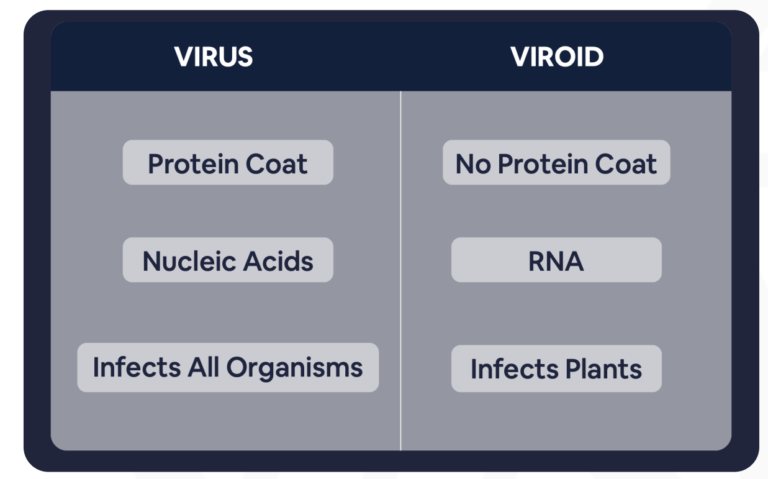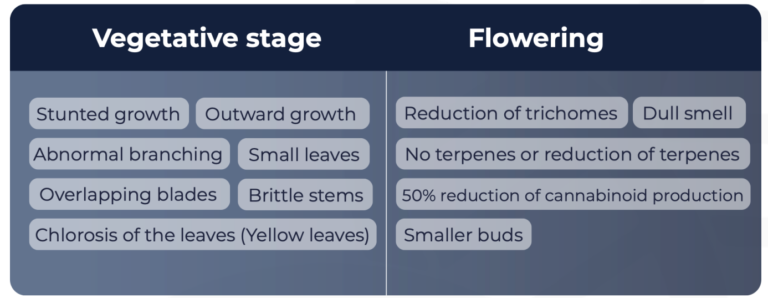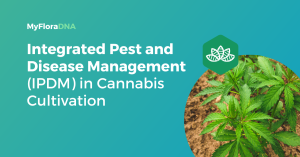
What Growers Should Know About Hop Latent Viroid
But... How can we detect Hop latent Viroid (HLVd)?

HLVd Symptoms

What about transmission?
Infected equipment: sterilize the equipment before working on new plants to reduce the possibility of contamination.
Clones: before cutting, we recommend doing a complete pathogen test, to avoid infected clones.
Seeds: this is currently under research, but HLV has an 8% chance of being present in the seeds of an infected mother plant.
Human touch: cultivation managers and staff have to sterilize their hands and gloves before jumping from one plant to another. A simple touch is enough to transmit HLV.
Bugs and pests: bugs and pests are always present, and their bites may transmit HLV, spreading the pathogen through your entire garden in a blink of an eye.
How can you prevent HLVd?
Keep your equipment clean. You can read more about how to sterilize your tools on our Instagram profile.
Make sure you have pests under control
Tissue culture: HLV can travel through the plant’s vascular system and may be left behind in older tissues as plants develop. It can outgrow the problem by producing clones from the infected plant. The more cuttings a grower roots, the higher the chances of selecting a clean one.
Pay special attention when visits come by: HLV may come in a visitor’s hand, glove, or even shoes!
When a plant or leaf enters, please do not accept it unless it has a negative DNA HLV test. It is the only way you can be sure it is not a threat to your garden.
Who to ask if you think HLVd may be in your garden?
We highly recommend you consult with DNA Laboratory. They will guide you through the process, test your plants, and let you know if they are infected with HLV or not.
Thank you for reading! We hope you find this information useful. In case of any doubts, do not hesitate to ask us regarding any related topic and download our Complete HLV Guide here.




